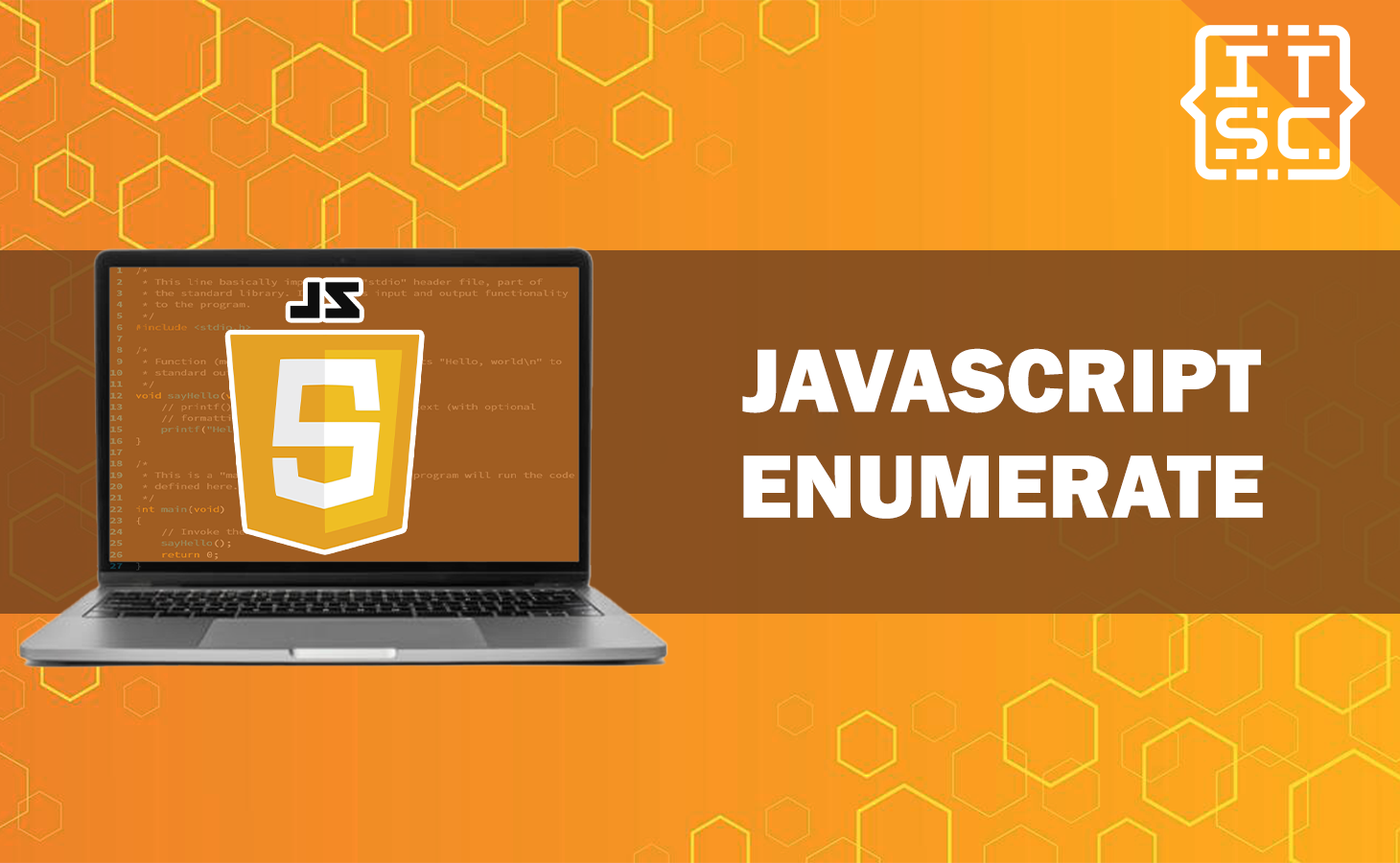Enumerating objects in JavaScript is a crucial process that allows us to iterate over an object’s properties in a specific order.
In this article, we will explore the “enumerate” function in JavaScript, its use cases, best practices, and how to enumerate objects using common methods.
By understanding different enumeration methods and exploring practical use cases, you will gain a comprehensive understanding of this fundamental JavaScript function.
So, let’s dive into the world of “enumerate” in JavaScript.
What is Enumeration in JavaScript?
Enumeration refers to the process of iterating over the properties of an object in a specific order.
When we enumerate an object in JavaScript, we essentially loop through its properties and perform some action on each property.
Enumerating JavaScript Objects
There are several methods available in JavaScript for enumerating objects. Let’s explore each of them in detail:
- for…in loop
- Object.keys() method
- Object.getOwnPropertyNames() method
- Object.entries() method
1. Enumerate JavaScript using for…in loop
The for…in loop is widely utilized to iterate through an object’s properties.
Here’s an example:
const samplePerson = {
Name: 'Ray Parks',
Age: 27,
Occupation: 'Designer'
};
for (let key in samplePerson) {
console.log(`${key}: ${samplePerson[key]}`);
}Output:
Name: Ray Parks
Age: 27
Occupation: DesignerIn this example, the for…in loop iterates over each property of the person object and logs the key-value pairs to the console.
2. Enumerate JavaScript using Object.keys()
The Object.keys() method provides an alternative way to enumerate the properties of an object. Here’s an example:
const mobilePhone = {
Brand: 'Samsung',
Model: 'A10s',
Year: 2021
};
const keys = Object.keys(mobilePhone);
for (let key of keys) {
console.log(`${key}: ${mobilePhone[key]}`);
}
Output:
Brand: Samsung
Model: A10s
Year: 2021In this example, Object.keys() returns an array of keys ([‘Brand’, ‘Model’, ‘Year’]), which is then used to iterate over the properties of the mobilePhone object.
3. Enumerate JavaScript using Object.getOwnPropertyNames()
The Object.getOwnPropertyNames() method allows you to enumerate all properties (enumerable or non-enumerable) directly defined on an object.
Here’s an example:
const website = {
title: 'ITSOURCECODE',
author: '@itsourcecode admin'
};
const properties = Object.getOwnPropertyNames(website);
for (let property of properties) {
console.log(`${property}: ${website[property]}`);
}Output:
title: ITSOURCECODE
author: @itsourcecode adminIn this example, Object.getOwnPropertyNames() returns an array of properties ([‘title’, ‘author’]), which is then used to iterate over the properties of the book object.
4. Enumerate JavaScript using Object.entries()
The Object.entries() method returns an array of arrays, where each inner array contains a key-value pair of each enumerable property.
Here’s an example:
const vegies = {
name: 'lettuce',
color: 'green',
price: 30.00
};
const entries = Object.entries(vegies);
for (let [key, value] of entries) {
console.log(`${key}: ${value}`);
}Output:
name: lettuce
color: green
price: 30In this example, Object.entries() returns an array of arrays ([[‘name’, ‘lettuce’], [‘color’, ‘green’], [‘price’, 30]]), which is then used to iterate over the key-value pairs of the fruit object.
Use Cases for Enumerate
The enumeration in JavaScript finds its application in various scenarios, such as:
- Filtering and transforming array elements
- Generating summaries or reports based on object properties
- Validating and processing user input
Best Practices for Using Enumerate
To make the most out of enumeration in JavaScript, consider the following best practices:
- Choose the appropriate loop: Decide whether a traditional for loop or a for…of loop suits your specific use case better.
- Name variables descriptively: Use meaningful variable names to enhance code clarity and maintainability.
- Handle exceptions: Take into account the possibility of empty arrays or objects without any elements and include appropriate error handling.
Additional resources
- JavaScript Enumerator: A Powerful Tool for Iteration
- JavaScript CSV to Array: Converting Techniques and Methods
Conclusion
In this article, we explored the concept of enumeration in JavaScript, which enables efficient iteration through arrays and objects.
We learned how to enumerate arrays using the for…in loop and Object.entries() method, and objects using the Object.keys() and Object.getOwnPropertyNames() methods.
By using enumeration, you can simplify your code, improve its readability, and enhance performance.
Remember to consider the specific requirements of your project when choosing between traditional for loops and the for…of loop.

